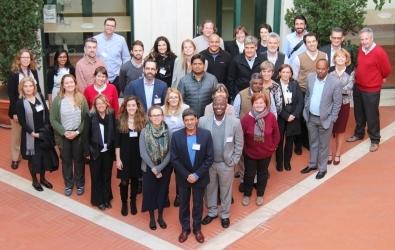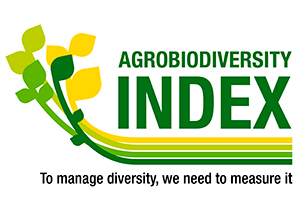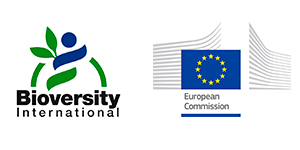Multi-sector inputs towards a solid Agrobiodiversity Index prototype

Last week company, country and investor representatives gathered to consult on the Agrobiodiversity Index – a tool to measure and manage agrobiodiversity across four dimensions: nutrition, production, seed systems and conservation.
Last week company, country and investor representatives gathered for a three-day Agrobiodiversity Index In-Depth Consultation Workshop in Rome funded by the European Commission's Directorate-General for International Cooperation and Development (DG DEVCO). The participants created a dynamic and collaborative atmosphere thanks to the different backgrounds, perspectives and expertise they brought to the event.
The Agrobiodiversity Index is a tool to measure and manage agrobiodiversity across four dimensions: nutrition, production, seed systems and conservation. It will help decision-makers – governments, investors, companies, farmers and consumers – ensure that food systems are more diverse and sustainable.
The reliability of an Index is its data. Therefore, the indicators and data that are included must respond to company and country stakeholder needs. Christian Thalmann of Bern University of Applied Sciences noted, “Indicators and indices are very powerful but in order for them to provide a sound base on which to make decisions, they must measure the right things. The Agrobiodiversity Index – an indicator system for sustainable farming and food systems– is one of them.”
During the workshop, experts learned about the strategy and workings of the current Agrobiodiversity Index feasibility study project and provided positive and constructive critiques on it. The Index must respond to the needs of stakeholder groups, including farmers, consumers, corporate executives, and national policy-makers. Representing the Ministry of Agriculture and Farmers Welfare, India, Ashok Dalwai stated, “The sustainability aspect of farming and agriculture is rooted in agrobiodiversity, especially in India – a true agrobiodiversity hotspot. The Agrobiodiversity Index can help the Government of India make its food system sustainable and that would be a huge contribution to the world.”
From a company perspective, the Index will serve to encourage agrobiodiversity practices in procurement and supply chains. Nestlé’s Dionys Forster emphasized, “We believe that biodiversity and natural resources are absolutely key for humanity. Promoting agrobiodiversity through creating demand for biodiverse food would be good for individuals and families, communities and the planet." Forster contributed actively to the discussion and he and other corporate partners participating shed light on how to make the Index fit for purpose when looking at company performance.
Finally, another set of participants came from the finance investment sector and led the discussion on how the Index can feed into the bonds and equities markets. This is a fast- paced environment that links directly into global financial markets which constantly fluctuate. For example, the World Bank has just raised its first bond linked to the Sustainable Development Goals (SDGs) in which the returns on the issue are linked to an index of companies that have made contributions to the United Nations SDGs. (More here, Reuters)
Bioversity International is privileged to have this esteemed cross section of pioneer partners and indicators specialists. The collaboration that was created during the week will spur our continuing discussion on ways to improve the Index, especially with respect to further developing it, refining indicators and data and testing the next version of the prototype as it becomes available.
- For more information on the Agrobiodiversity Index please visit: https://alliancebioversityciat.org/tools-innovations/agrobiodiversity-index or contact Allison Smith, Initiative Manager, Effective Genetic Resources Conservation and Use
- Follow discussion on Twitter: #ABDIndex
 ###
###

The Agrobiodiversity Index is funded by the European Commission.
Photo: Group shot of participants. Credit: Bioversity International/P. Gallo
